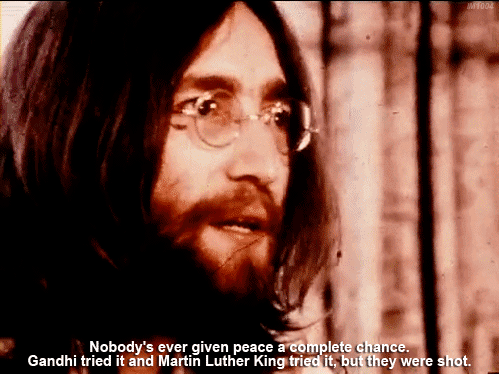A former Air Force drone operator who says he participated in missions that killed more than 1,600 people remembers watching one of the first victims bleed to death Brandon Bryant says he was sitting in a chair at a Nevada Air Force base operating the camera when his team fired two missiles from their drone at three men walking down a road halfway around the world in Afghanistan. The missiles hit all three targets, and Bryant says he could see the aftermath on his computer screen -- including thermal images of a growing puddle of hot blood.
"The guy that was running forward, he's missing his right leg," he recalled. "And I watch this guy bleed out and, I mean, the blood is hot." As the man died his body grew cold, said Bryant, and his thermal image changed until he became the same color as the ground.
"I can see every little pixel," said Bryant, who has been diagnosed with post-traumatic stress disorder, "if I just close my eyes."
Bryant, now 27, served as a drone operator from 2006 to 2011, at bases in Nevada, New Mexico and in Iraq, guiding unmanned drones over Iraq and Afghanistan and taking part in missions that he was told led to the deaths of an estimated 1,626 individuals. .In an interview with NBC News, he provided a rare first-person glimpse into what it's like to control the controversial machines that have become central to the U.S. effort to kill terrorists.
He says that as an operator he was troubled by the physical disconnect between his daily routine and the violence and power of the faraway drones. "You don't feel the aircraft turn," he said. "You don't feel the hum of the engine. You hear the hum of the computers, but that's definitely not the same thing."
At the same time, the images coming back from the drones were very real and very graphic.
"People say that drone strikes are like mortar attacks," Bryant said. "Well, artillery doesn't see this. Artillery doesn't see the results of their actions. It's really more intimate for us, because we see everything."
A self-described "naïve" kid from a small Montana town, Bryant joined the Air Force in 2005 at age 19. After he scored well on tests, he said a recruiter told him that as a drone operator he would be like the smart guys in the control room in a James Bond movie, the ones who feed the agent the information he needs to complete his mission.
He trained for three and a half months before participating in his first drone mission. Bryant operated the drone's cameras from his perch at Nellis Air Force base in Nevada as the drone rose into the air just north of Baghdad.Bryant and the rest of his team were supposed to use their drone to provide support and protection to patrolling U.S. troops. But he recalls watching helplessly as insurgents buried an IED in a road and a U.S. Humvee drove over it.
"We had no way to warn the troops," he said. He later learned that three soldiers died.


















































